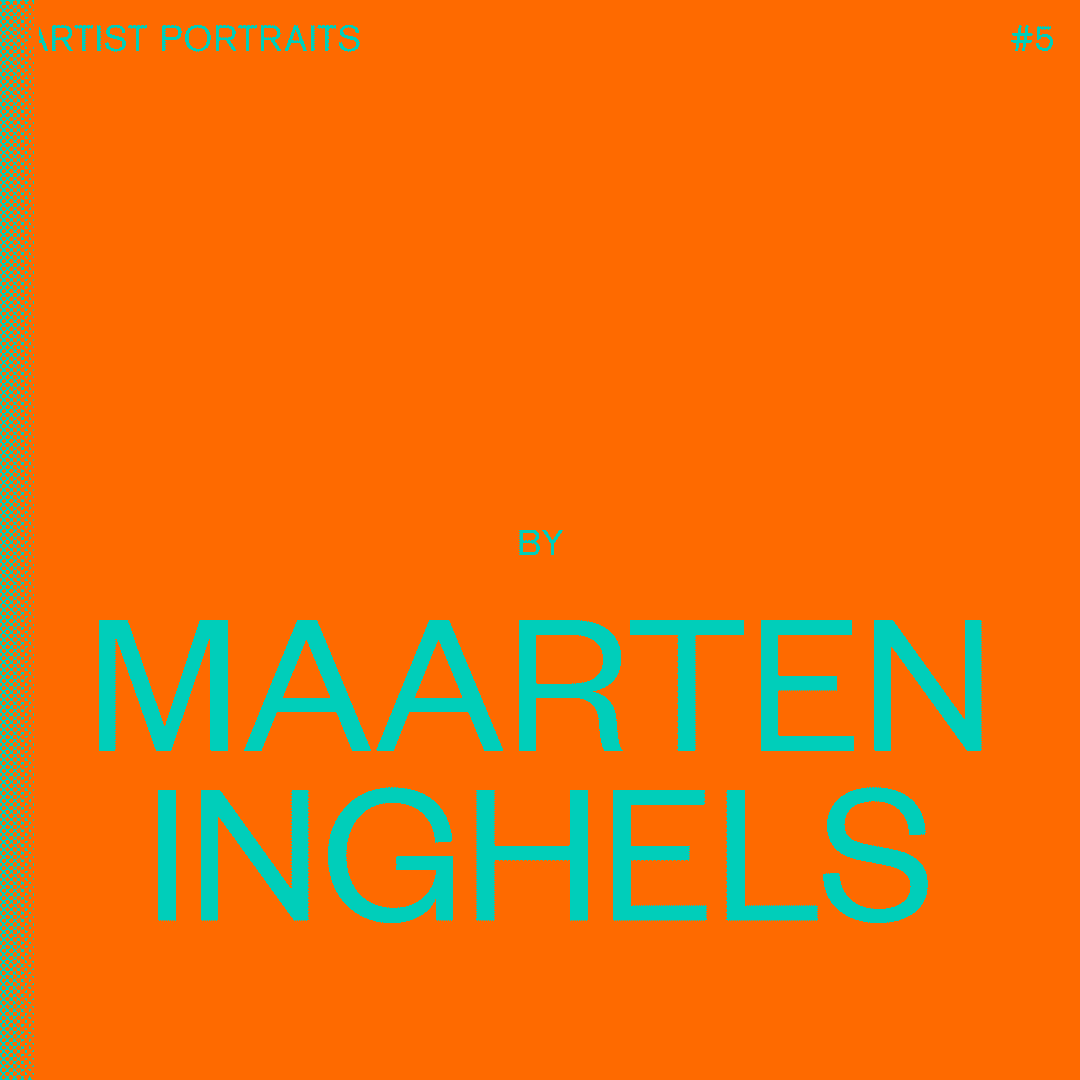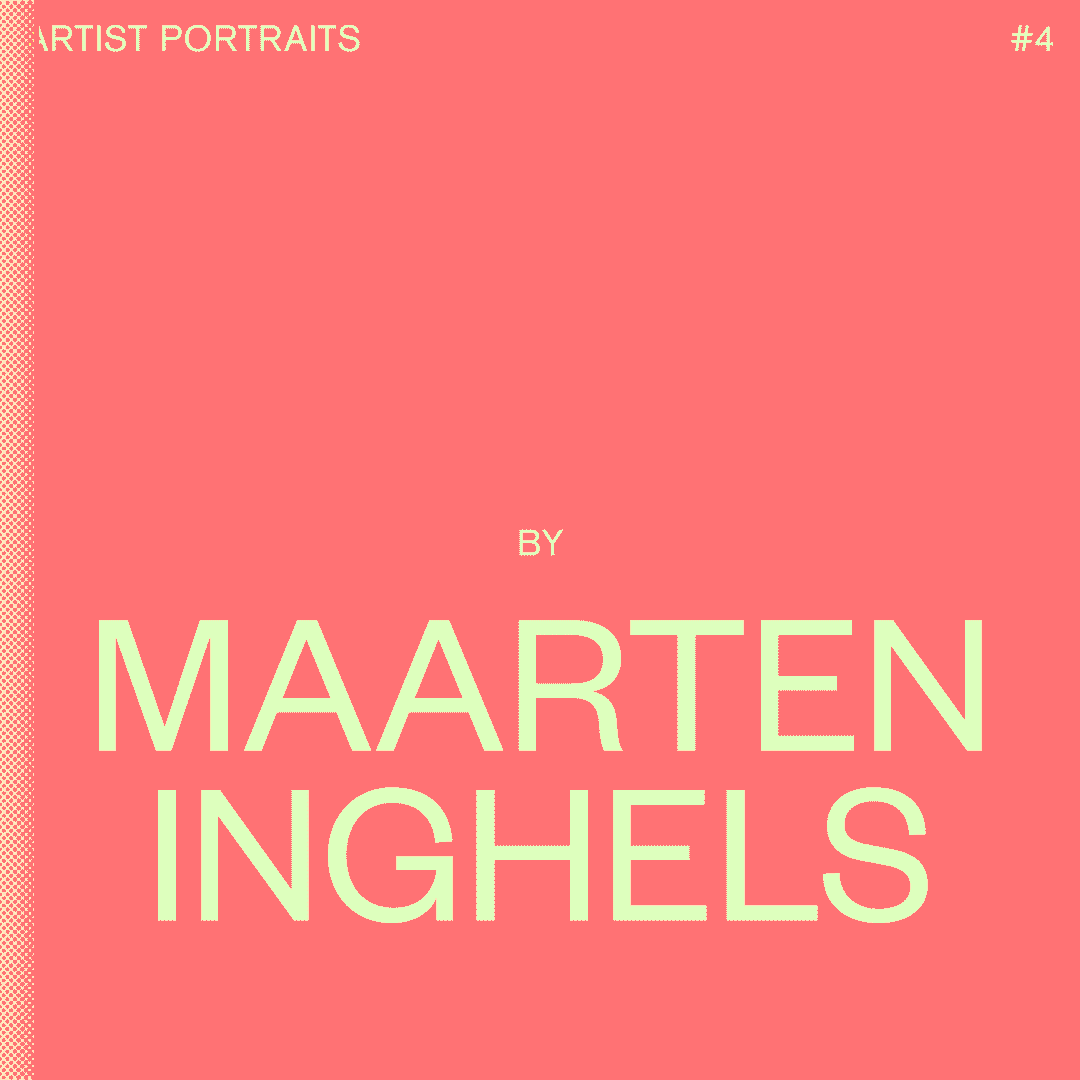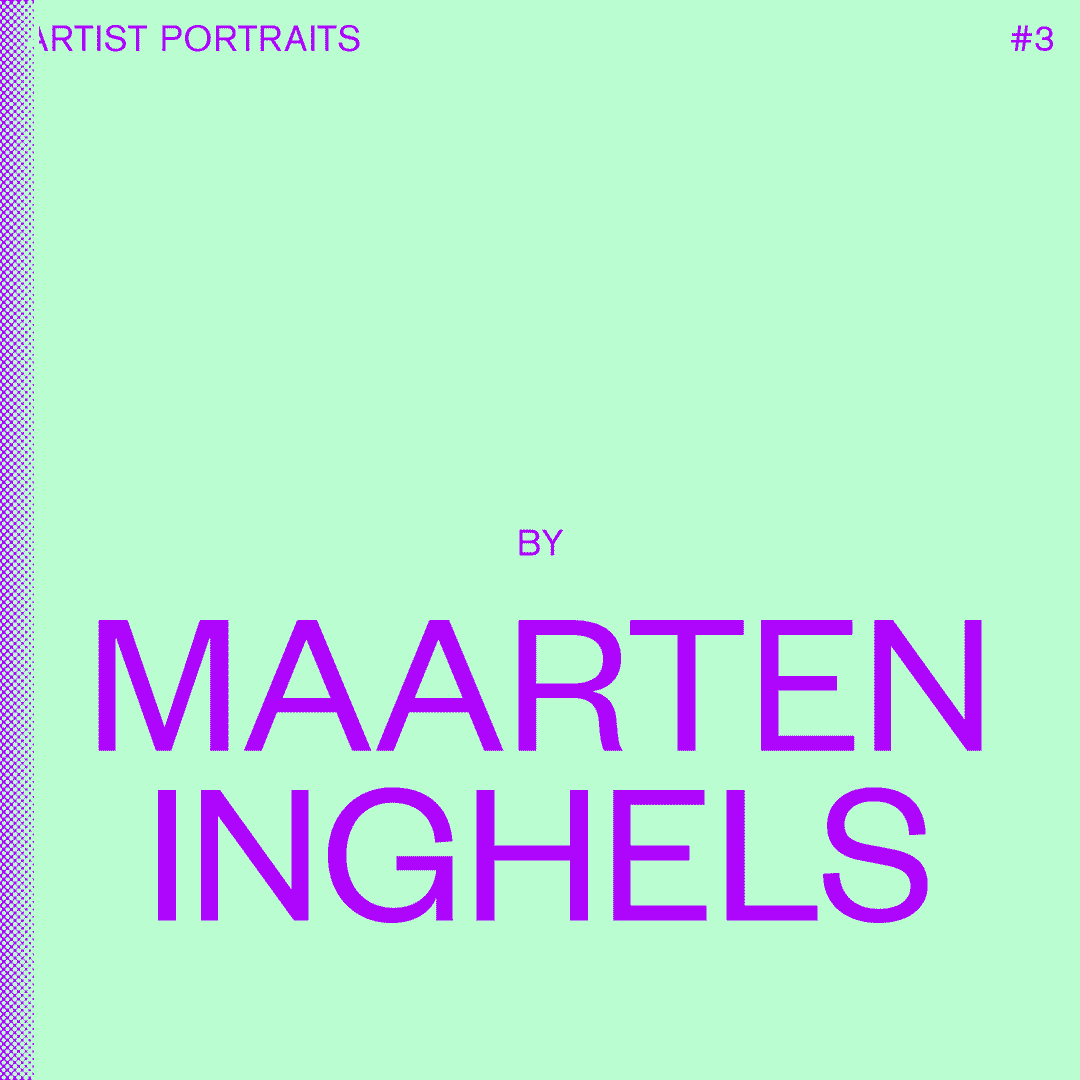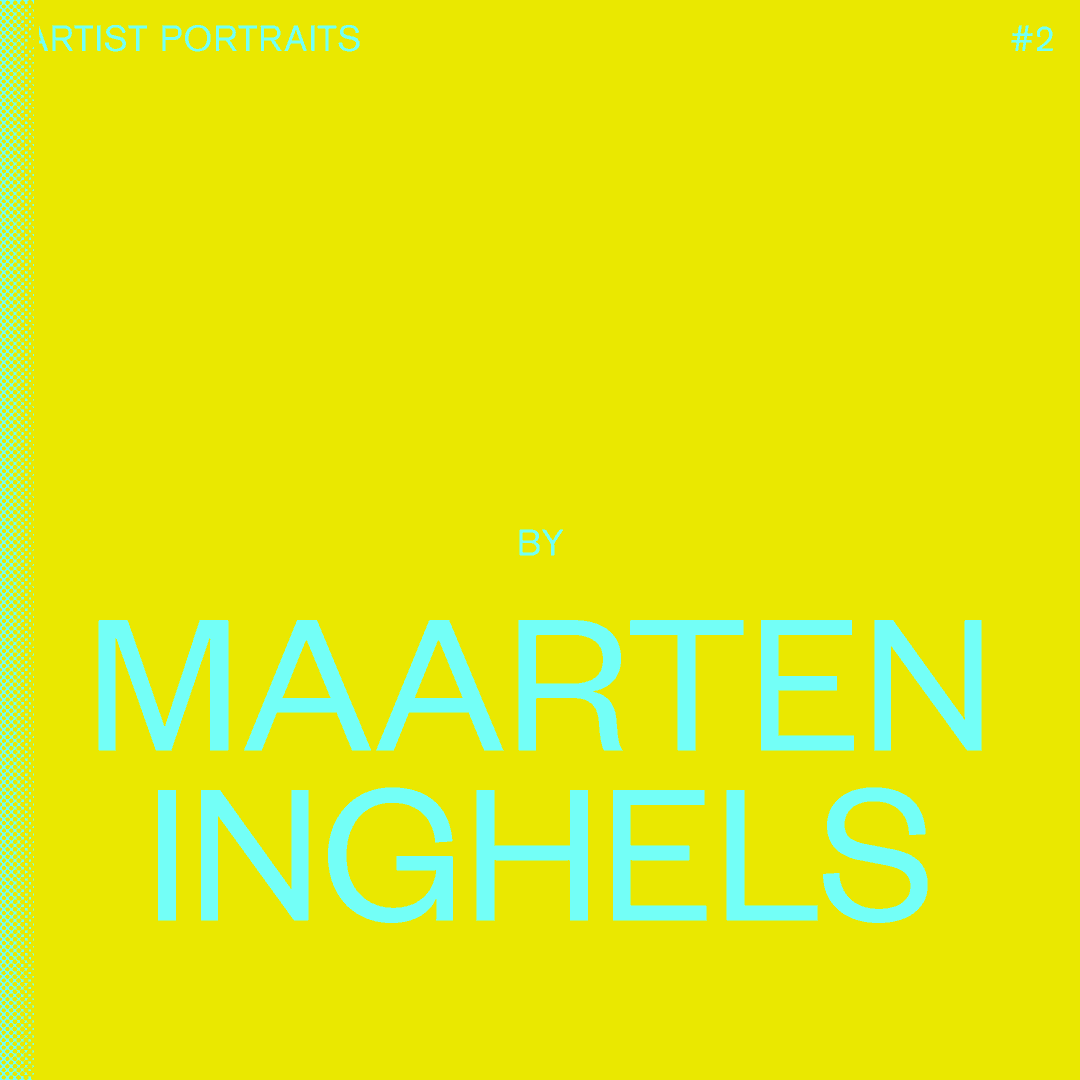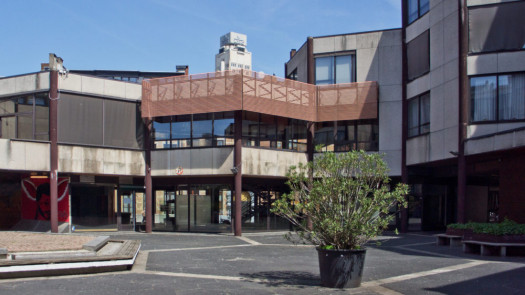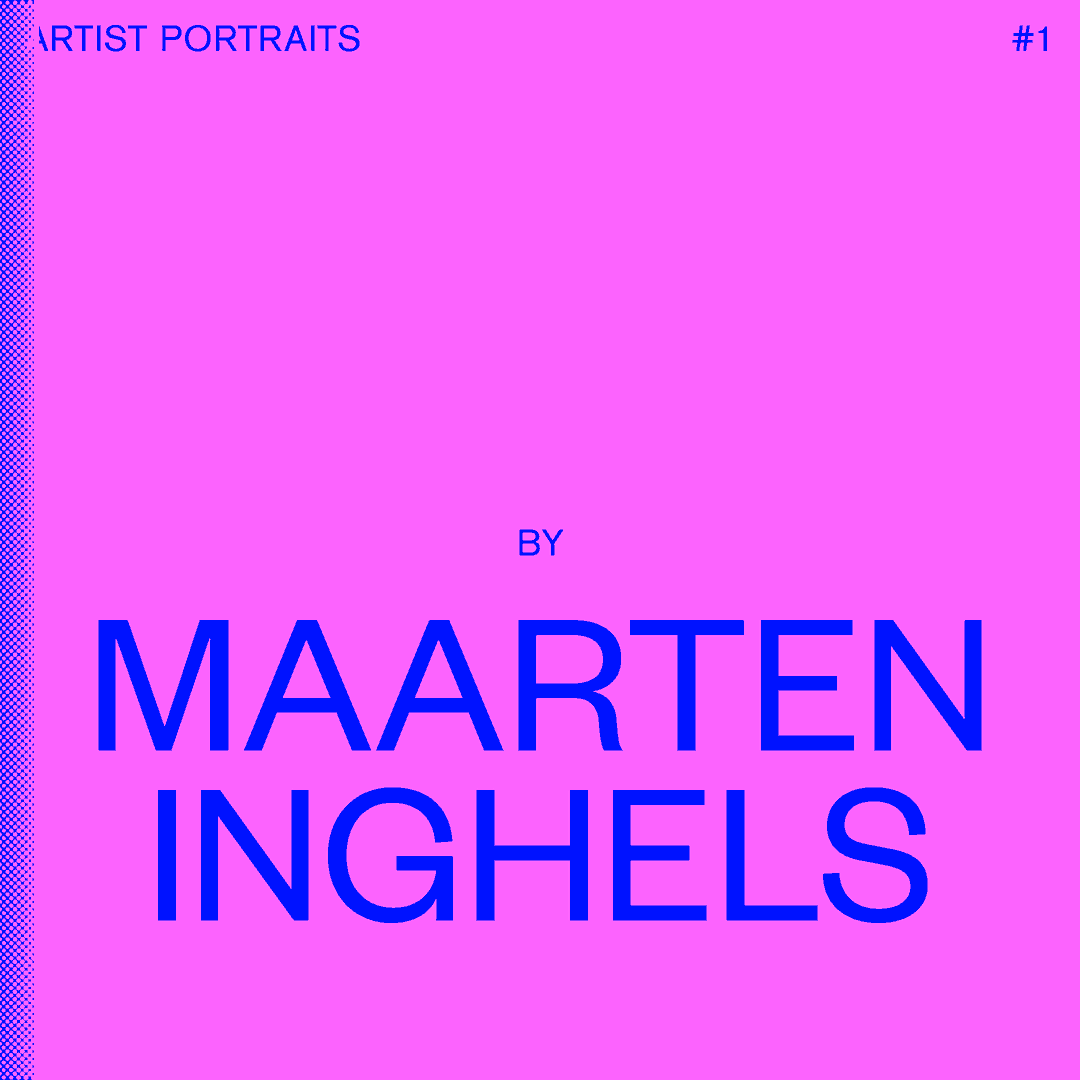
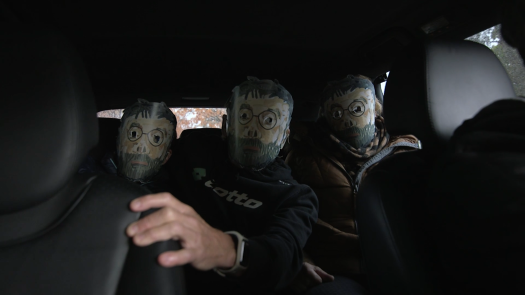
1/2
Life and Work by Karina Beumer
Artist Portrait
MORPHO introduces a new series of artist portraits that brings our studio occupants into the limelight. The text is the portrait, at once of the author and the person portrayed, who are both studio occupants. Writer Maarten Inghels was given carte blanche and did not have to think long about his first choice.
ㅤ
LIFE AND WORK BY KARINA BEUMER
I.
In the summer of 2020, I sent a job application to visual artist Karina Beumer. She was looking for a replacement for herself, someone paid to represent her for five consecutive weeks. She had developed an interest in employment conditions, notably those of her own dubious existence as a freelancer, and she wanted to fire herself. The new employee would reply to her business e-mails, take the part of Karina Beumer on stage in the Hague after a screening of her film, give a lecture about the role of animation in her work and develop new chapters for her book Terms of Conditions, which she describes as a choose-your-own-adventure book. Her replacement would be given full responsibility to use their own discretion in setting up and completing work in the name of Karina Beumer.
The job description stipulated that you had to have an outstanding ability to function in the face of imminent deadlines and react adequately to unexpected situations.
Almost immediately, I sent an e-mail to Karina Beumer: ‘I would like to be considered to replace you, in whatever form, or to follow you. I will write about this mission, if you wish, or keep my silence. I look forward to replacing Karina Beumer. I look forward to writing about the life and work of Karina Beumer.’
In retrospect, as I read my letter, I catch myself in my blind faith that I would be hired for the assignment.
At the job interview, I spoke glowingly about my fascination with doppelgangers taking over someone else’s comings and goings, about Sophie Calle’s work Double Game (2007) as an answer to Paul Auster’s novel Leviathan (1992); and then Because She Never Asked (2015) by Enrique Vila-Matas, a book about an attempt to see life as an imitation of art, an attempt that is doomed to fail, given that art, in its turn, is already a hyper-personal expression of life. The term ‘life’s work’ now came to mind, as a construction that someone has been puttering away at for decades, as in the film Synecdoche New York. Do you know that film? I rattled off the synopsis and a number of special features about the tragic character played by Philip Seymour Hoffman. I did not mention, however, that I sometimes saw myself as the protagonist of a life thought up by someone else, maybe even as the antagonist of my own life’s work.
The coffee standing between Karina Beumer and myself grew cold.
She listened attentively and asked a number of questions. I could not tell if she thought me a suitable candidate to take over her work for five weeks. I had read online that Karina Beumer was an artist who made use of the interview as an artistic format. Charlotte Van Buylaere wrote, ‘Her work always evolves out of the art of drawing, but often leads to other forms of art, such as music, sculpture, video art, publications and animation. Her work is critically humoristic.’
The tone of this interview was also critically humoristic. Was the interview already a part of the replacement project, and was this conversation being secretly recorded? Was I already part of a work of art without knowing it?
As I took in her studio in search of a camera – maybe there was one in the eye of one of the giant manikins that stood in the corner, waiting to appear in her video works – I asked myself where Karina Beumer was going to be during her absence from her work. Would she be surreptitiously following my work as Karina Beumer from a distance? Or would she pack her personal possessions from her studio into a cardboard box and go sit on the sofa at home? Actually, where were her personal possessions? I didn't see them anywhere.
In the meantime, I was acting as if I already knew a bit about the work of Karina Beumer, but who was Karina Beumer after office hours? We were about the same age. She had bouncy curls; I wore a cap. Because of her Dutch accent, I asked where she lived, but she just vaguely said Antwerp, and with that, my job interview was over.
I remember precisely the moment I received her phone call to tell me I had not been selected to replace Karina Beumer for five weeks. I was a passenger in a car that had just begun a descent between the limestone hills in the Ardennes and the connection kept dropping out, or was I just pretending I couldn’t hear her very well? The message, however, was crystal clear. I bit my index finger and tried not to let my disappointment show in my voice.
II.
On one of the last days in January of 2022, I visited Karina Beumer’s studio in the Tweemontstraat in Merksem a second time. The decor of this residential neighbourhood is grey and semi- industrial. There were cardboard boxes blowing around, and the oppressive atmosphere of a motorway carpark. Today, her first-floor studio is largely taken up by a giant cave made from papier-mâché, painted grey.
‘I’ve been dreaming of this every night,’ says Karina. ‘I am sitting in this cave every night all over again.’
She is wearing a golden necklace with the words ‘No Pain’.
For some months now, she has been working on a new film based on the life of Ron, who is suffering from loss of memory after recent brain damage. Ron had documented his memories in texts and drawings, and Karina has him replaying the events. The cave is a brain that Ron will be crawling into. Alongside the cave is a huge sculpture of Ron's head, metres high. Karina takes hold of the beard and flips up the face in order to show that you can crawl into the head: there is a sleeping bag in there. In front of the sculpture is a bicycle, also made of papier-mâché. As I am looking at the storyboard on the wall, it becomes clear to me that Ron is her father. Why the hesitation about the fact that she is making a film about one of her parents?
‘I have been debating whether or not to mention that for a long time,’ Karina replies. ‘It is a documentary with surrealist elements. It is an emotional story, but I do not want it to become dramatic. It is also a bit cheesy to re-enact your parents’ first meeting.’
The bicycle plays a central role in that meeting. As he was reading aloud from his diary, her father misspoke, saying ‘ontvoering’ instead of ‘ontroering’, or ‘kidnapping’ instead of being emotionally touched by something.
‘And that is why there is also a kidnapping in the film,’ she explained. ‘I use the malapropisms in his brain as a source of fantasy.’
‘Do the viewers actually get to see Karina Beumer?’ I ask.
‘Actually not.’
I make a comment that her work has something of a puppet show where the puppeteer stays out of sight.
She hesitates. Then she says, ‘I need an antagonist in order to make my work. A father, a replacement, or an audience, and every one of them bears their own responsibility. My artist statement once mentioned people who change into one another by copying them. But maybe I have reached a new phase.’
She no longer tries to hide herself. Her replacement project, the one I applied for, can perhaps be seen as a turning point. The announcement of her firing herself and the dismissal itself sound like a rebirth, if we can avoid getting creeped out by a word like ‘rebirth’.
‘I fired myself by registered letter,’ she says. ‘When I received the letter, it made me cry.’
She explains that her replacement acquitted herself superbly in her job. The replacement kept a diary of her period as Karina Beumer, which has led to a peculiar tug-of-war. Just before the deadline, the replacement recalled the publication of that diary. And that created a problem: who exactly does the work of the Karina Beumer replacement belong to?
‘I want to treat everyone else better than myself,’ says Karina. ‘And if there is a conflict, I want to resolve it.’
If you make a mistake sawing a sheet of plywood, I say, you can go to a DIY store and buy a new one, but you can’t do that with people.
The artist decided to engage a couples therapist in order to repair the trust with her replacement. ‘I thought of delegating my work once again,’ Karina laughs. ‘But the therapist said that I should now write the epilogue to that replacement project myself.’
What are the responsibilities that we have to the subjects about which we make art? And towards the people about whom we write? Is she abusing her father’s forgetfulness for the sake of her own work? How much fiction am I permitted in a portrait of Karina Beumer?
There is still a painful question lurking in my mind. Why was I not chosen to replace Karina Beumer?
‘During the interview, you said that you wanted the curtains to be visible,’ she replied. ‘You had a good attitude. During the conversation, I was keen to see what you would write about my work, but it would have been too safe a choice.’
I nod. Karina and I would not have had to go into couples therapy. For the moment, at least, there is not enough conflict between us. It is now my resolution to keep visiting Karina Beumer’s studio at regular intervals in order to convince her to take a place in my life. She could write my texts, like this one.
ㅤ
- Author
Maarten Inghels is a writer and studio occupant with MORPHO at RAAT.
- Sitter
Karina Beumer is a visual artist and studio occupant with MORPHO at Tweemontstraat.
- Translator
Mari Shields
